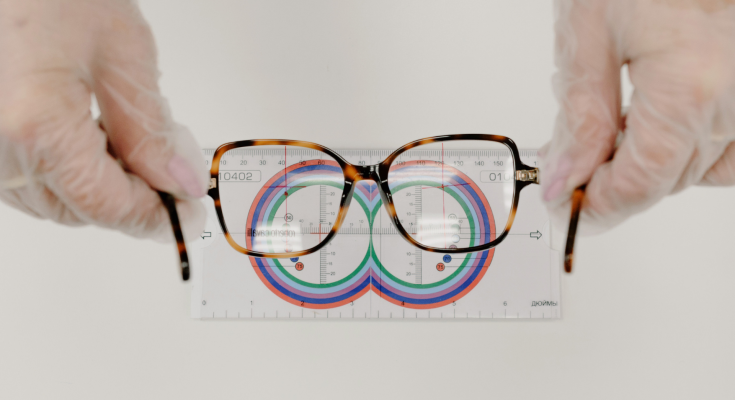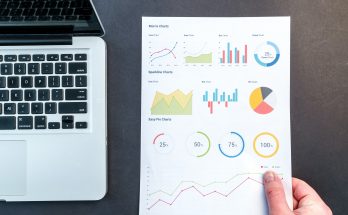Introduction
Metrics are used to measure various characteristics of a project. They describe an attribute, as a unit. From a software point of view, they can be classified into product quality metrics or project quality metrics. Product metrics are the ones that focus on product quality by describing its attributes and features whereas project metrics focus on improving the project quality. There’s another category of metrics, process metrics which we leave for another post.
Why Quality Metrics?
Quality metrics are measured against quality standards to determine whether the product works to the client’s expectations and if the project is in good health. By good health, it is meant that the development of the software (product) is on track with minimal or negligible problems. Problems that might end up hampering the whole development process, hence resulting in delayed results.
One must understand that metrics aren’t just limited to finding defects, but is about getting insights to optimize the development process. It also concentrates on qualities like reliability, consistency, and so on. Both products as well as project metrics should be measured and monitored with equal importance.
Generally, you might find a huge number of quality metrics to measure. Let’s focus on the ones which help us analyze a project’s health by providing insights that really matter.
Following are the Metrics
Let’s look into some project metrics:-
1. Finance
Some people may not consider costing as a quality metric to measure, but in reality, it definitely is. Without laying down the budgeting plans, monitoring the expenditure, and going through the finance books, you cannot deliver something of topmost quality as one might run of resources to maintain the same. This eventually ends up affecting the project’s health. Costing should be looked after with the utmost care to sustain good quality and a healthy project. Some metrics to use are:-
- Cost Variance: Difference between the actual cost and planned cost.
- Cost per Problem Fixed: Amount spend on an engineer/developer to get the problem fixed.
2. Defect Quantification
To make the project free of bugs and errors, defects need to be quantized and worked upon(fixed). Lesser the number of defects, better the project’s health. Defects can be dealt with in many ways. All we need to make sure is to make the best out of the defect resolution process and hence increase productivity. Some of the metrics are:-
- Defect Density = Total Number of Defects / Total Number of Modules
- Defect Gap Analysis ( Also called Defect Removal Efficiency)% = (Total number of fixed defects/Total number of valid defects reported)/100
- Defect Age = Average time taken in finding a defect and resolving it.
3. Scheduling
It helps to analyse the progress made in the completion of a project. Being on the schedule should be of topmost priority, as at the end of the day, you might not want to disappoint your stakeholders with a delayed result. All you need to do is stick to the planned schedule and measure Schedule Variance.
- Schedule Variance: Difference between the scheduled completion of a task by the actual completion of the task.ie.
- SV= Actual Time Taken – Time Scheduled
Every project is eventually a product made available in the market. Following are the product metrics that one should always measure:-
4. Performance of the Project
Performance is measured by the performance metrics. Every software is designed to accomplish specific tasks and give results. It is measured if the product can deliver as per the requirement of the client by analysing the time taken and the resources used. One way of measuring performance is to set small goals and work for them. After the accomplishment of such goals, study the process. This approach ends up giving exceptional insights into the project’s health.
- ROI – Return of Investment: Comparison of earned perks/benefits and the actual cost
- Resource Utilization: Measures how the individual team member’s time is spent.
5. Usability
A program should always be user-friendly, as eventually, it has to be used by an end-user. One way of measuring this is by analysing the project from a user’s perspective almost after every step in the developing process. This will help to fix errors and bugs on the go, so you don’t have to revise the steps you took weeks ago just to fix a recently discovered bug which might end up being really frustrating. Measuring the usability metric will provide insights to improve effectiveness, bring about efficiency, and thus achieve customer satisfaction. Some metrics to measure are:-
- Task Completion Rate (used to measure effectiveness) Effectiveness = (Number of Completed Tasks/Number of Task Undertaken)*100
- Task Completion Time =Task End Time – Task Start Time
Conclusion
Summing up, now is the time to get over the traditional practices, and add this method (of measuring metrics) to your work approach. Find the weak points, prioritize opportunities, and experiment to know what works, or what doesn’t. If you want a powerful and attractive project, which is healthy and guarantees customer satisfaction, measuring quality metrics is the answer you’re looking for.




